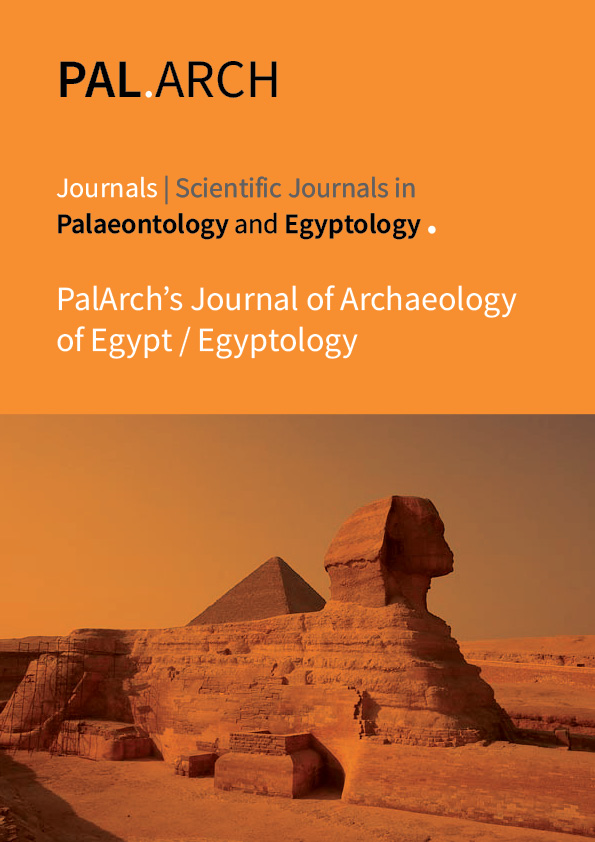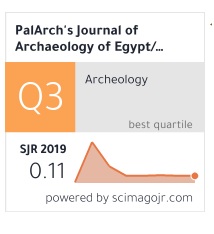THE LEARNING STYLES IN JAPANESE LANGUAGE SKILLS
Abstract
The aims of this study were to determine the type of dominant learning style in the Japanese language education program at Jakarta State University. The research method was quantitative with a correlational research design. The samples were 122 students. The instruments were questionnaires and questions on the Japanese Language Proficiency Test (JLPT) levels N4, N3, and N2 as a measuring tool for dokkai and choukai skills to determine student learning styles. The results findings showed the auditory learning style was more dominant by 41% of the total samples. The learning styles and language skills have a correlation between visual and auditory learning styles on dokkai skills with a significant negative. It can be concluded that the students’ with visual and auditory learning styles got higher scores than the dokkai. There was a significant negative correlation between auditory and kinesthetic learning styles on choukai. There was no significant correlation between visual and kinesthetic learning styles on choukai ability.



